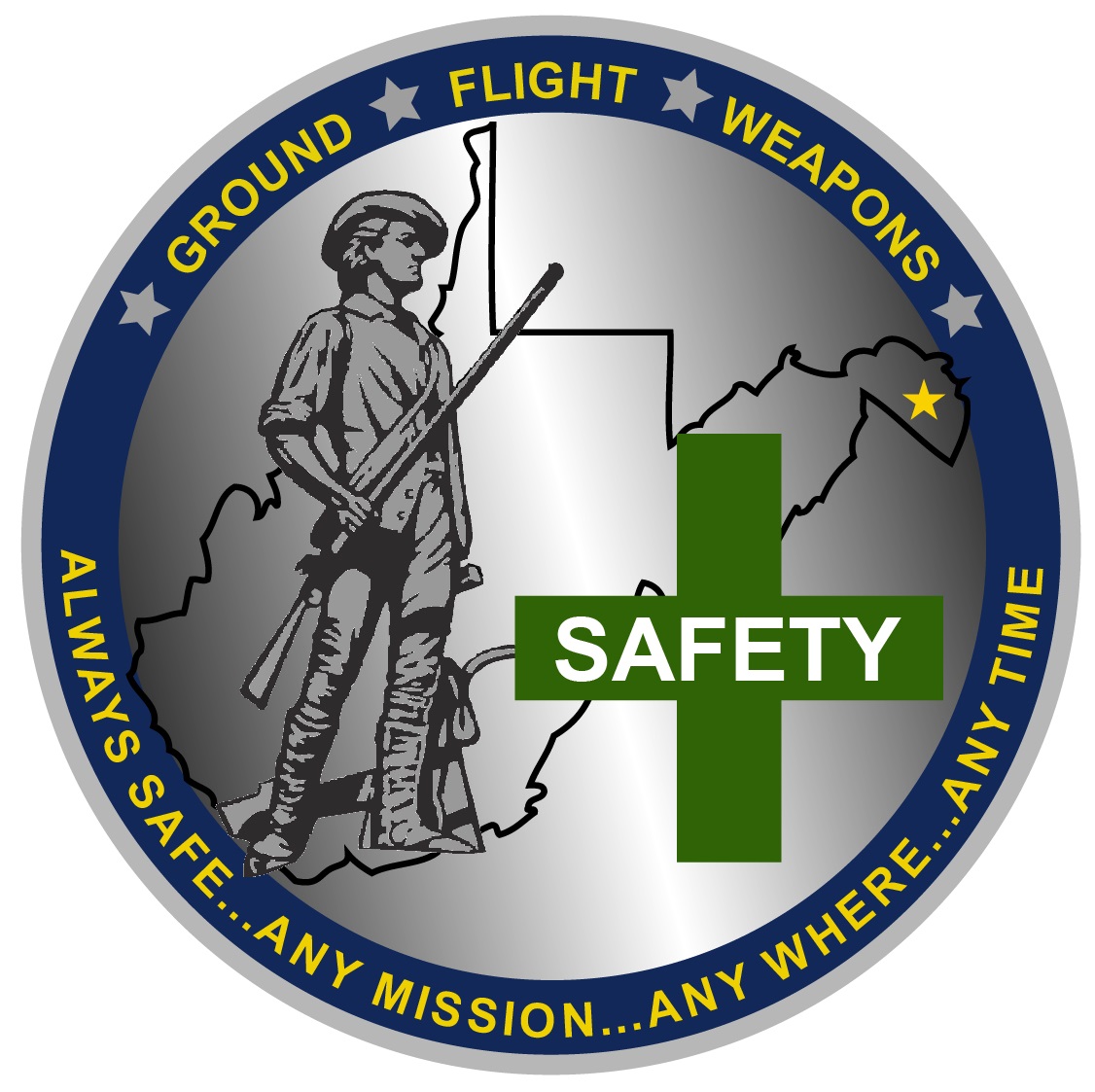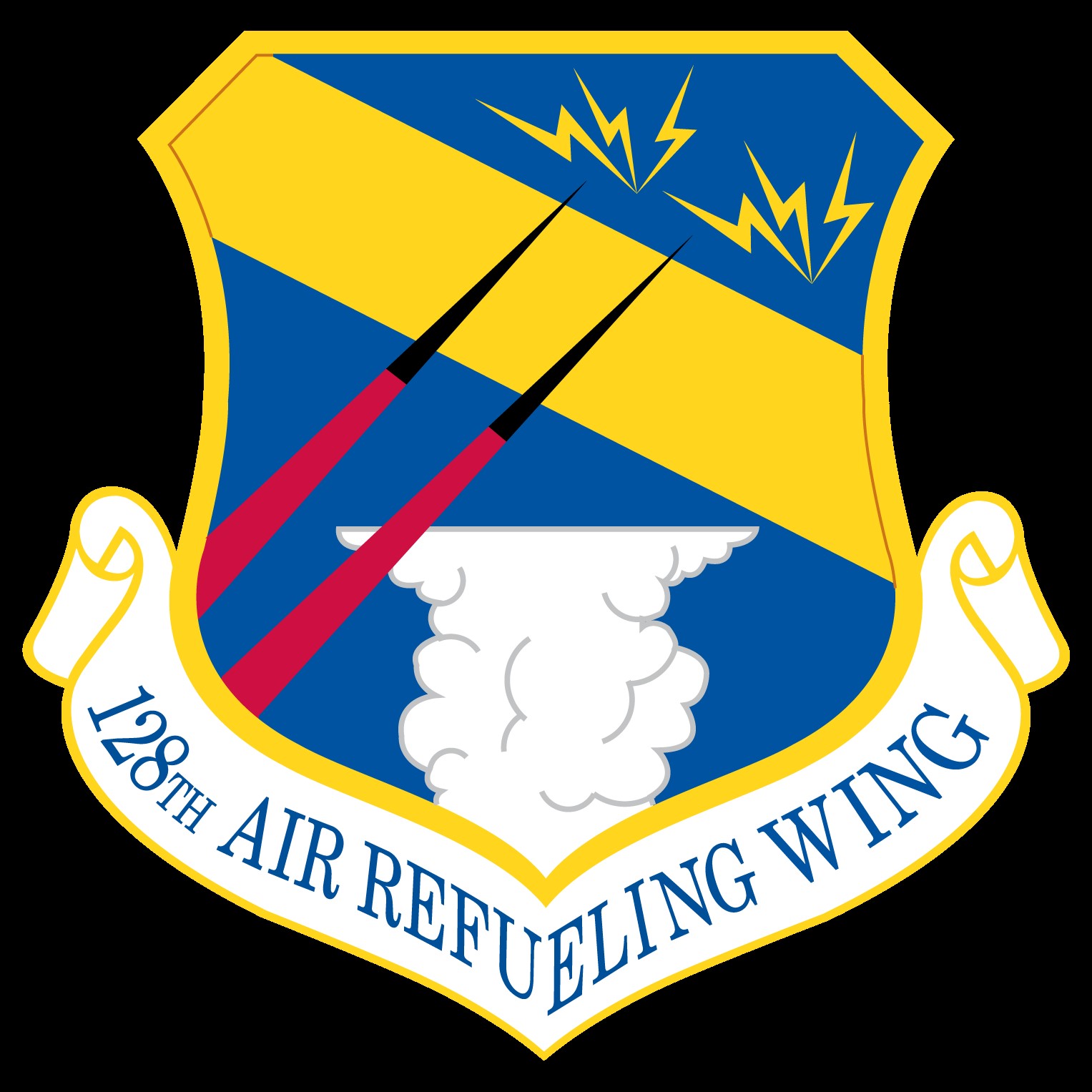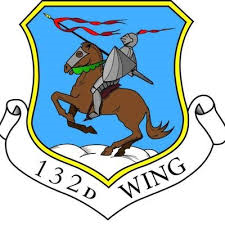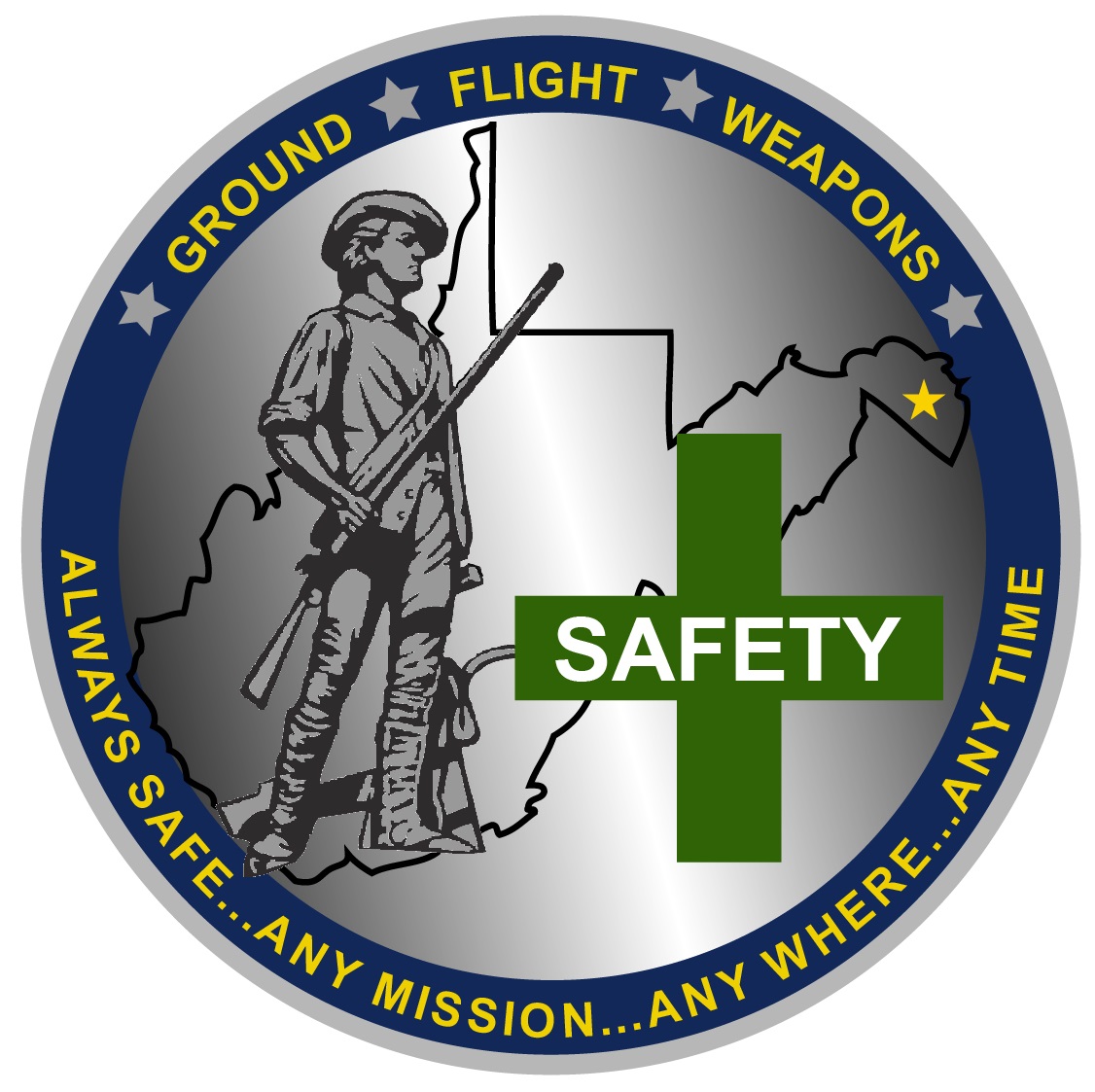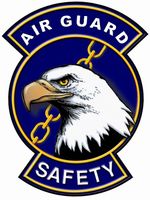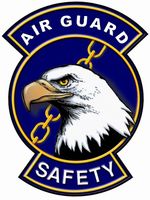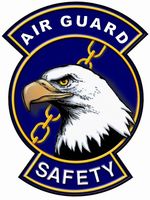Information
-
Audit Title
-
Squadron
-
Location
-
Conducted on
-
Inspector
-
Supervisor
Small Arms Range Inspection Checklist
Section A. Range Information.
-
Range Type (Partially Contained, Fully Contained, etc.):
-
Target Distance(s):
-
Calibers/Types of Rounds Approved for Use:
Section B. Category I: Catastrophic Hazard Severity (Projectile Containment).
-
B. Range construction/design must ensure projectiles do not leave the range and must ensure rounds do not produce hazardous ricochets within the range. Answering “No” to the questions in this section indicates a Category I (Catastrophic) hazard severity. Range closure until the discrepancy is resolved is highly recommended. NOTE: Some older ranges were designed to allow non-direct fired projectiles (ricochets) to leave the range at steep angles because the associated Surface Danger Zone (SDZ) was large enough to contain the bullets, mitigating the risk. For partially contained baffled ranges, if the range has an adequate SDZ, some of the risks associated with non-direct fired projectiles leaving the range, may have already been mitigated. Direct-fired rounds must never escape the range on any type of baffled range.
-
On a baffled range, is the range constructed to prevent any “Blue Sky” visible from all firing points and positions?
-
On a baffled range with vertical baffles, are the baffles faced with at least 30 mm of fire resistant treated (FRT) soft wood?
-
On a range with angled overhead baffles, are they angled so the bottom edge points toward the target line?
-
On a range with an earthen backstop, is the backstop designed to stop a direct fired round by embedding it into the backstop, or by deflecting a ricochet into a bullet “catch”?
-
On a range with an earthen backstop, that uses a bullet catch; does the bullet catch contain all ricochets?
-
If a range has vehicle access points or gates down-range, are these areas constructed in such a way as to not allow access to areas subject to direct-fired rounds?
-
Are armor piercing, intentional incendiary munitions, bullets weighing greater than 500 grains, or bullets traveling faster than 980 meters per second prohibited from being fired on ranges using metal backstops?
-
On a range with a bullet trap system, are exposed vertical support structures within the backstop, faced with angled steel facings to ensure bullets are deflected into the deceleration chamber and not back to the firing line?
-
At indoor ranges, when using a pre-existing building, are all pre-existing openings filled with bricks or masonry?
-
On a machine gun tube range, do rounds fired at the maximum elevation permitted by the tube; intersect the backstop at least 2 meters from the top?
-
If the range floor is concrete, is it constructed of smooth concrete and does it slope toward the target line to eliminate ricochet hazards to personnel firing on the firing line?
-
If side containment walls are in place, are they constructed with a surface that prevents ricochets back towards the firing line?
-
Are concrete block sidewalls filled solid with grout?
-
On a range with vertical, steel support poles, are the poles faced with at least 30 mm of FRT soft wood?
-
On an M203 range, when metal targets are positioned on multi-bay ranges, are targets positioned to ensure they do not create a ricochet hazard for other ranges?
Section C. Category II: Critical Hazard Severity (Projectile Containment).
-
C. Range construction/design must ensure projectiles do not leave the range and must ensure rounds do not produce hazardous ricochets within the range. Answering “No” to the questions in this section indicates a Category II (Critical) hazard severity. Range closure until the discrepancy is eliminated or immediate mitigation should be considered.
-
On a machine gun tube range, is the backstop no further away than 150 feet (45.7 meters) from the firing line to the centerline of the backstop?
-
Are large rocks removed from the firing range floor to eliminate ricochet hazards?
-
Are ranges built to ensure ground baffles are not used? (Short of complete removal of ground baffles, their presence may be mitigated by ensuring they are faced with at least 30 mm of FRT soft wood.)
-
On a baffled range with angled baffles, are overhead baffles angled at 12 to 32 degrees to eliminate ricochet rounds from leaving the range?
-
On a baffled range, are the canopy baffles constructed to extend down range far enough to prevent rounds from escaping the range between the first overhead baffle and the canopy?
-
On a range with earthen side berms, are the berms constructed with material (sand, silty sand, or clayey sand) to a depth of 1 meter, with a maximum particle size allowed by the #4 sieve test and a maximum 40% passing the #200 sieve test?
-
On a baffled range, does the steel used on overhead and canopy baffles meet the minimum standards for the largest caliber being used?
-
On a range with an earthen backstop, is the backstop faced with soil where 100 percent passes the #4 sieve test for a depth of 2 meters?
-
On a baffled range that includes an earthen backstop, does a line drawn from the leading edge of the firing line to the bottom edge of the last down-range baffle, intersect the earthen backstop at least two meters from the top?
-
Does the protective construction on continuous walls extend both down range and to the rear of the firing line to match the canopy baffle extension?
-
On a range with an earthen backstop, are the slopes of the backstops stabilized with vegetation to reduce erosion and to prevent ricochet hazards (other than bullet impact areas)?
-
When using a bullet catch on a machine gun tube range, do rounds fired from the gun, at the maximum elevation permitted by the tube, intersect the backstop at least 2 feet below the bullet catch?
-
On a machine gun tube range, are the tubes positioned correctly so the muzzle of the weapon is placed at least 6 inches into the tube?
-
On a machine gun tube range, are the tubes designed to ensure the muzzle of the gun is as close to the center of the tube as possible?
-
On a range with a bullet trap system, have all steel plate joints been ground to ensure there are no gaps exceeding 1.6 mm between them?
-
On an impact range, does the firing line overhead canopy structure contain direct-fired rounds?
-
On a range with a bullet trap system, are steel plates positioned to ensure the welds are no closer than 18 inches to the center of the target position?
-
If the backstop fails the excessive lead test, have steps been taken, such as mining or adding additional soil, to eliminate the ricochet effect?
-
On a range with a bullet trap system, are steel plates jointed and supported on structural steel supports to ensure spot-welds are no closer than 3 inches on center?
-
If barricades are made of steel or concrete, are they covered with a soft wood to prevent ricochets?
-
If the range floor is pea gravel, is the gravel at least 6 inches deep with less than 10 % of the gravel exceeding 3/8 inch in diameter, and does the pea gravel extend from the firing line to the backstop?
-
Has the excessive lead test (rod test) been conducted within the last 12 months?
-
If a water trap is used, does it cover the entire area under the backstop and is the water level maintained at a level not less than 12 inches deep?
-
On an M203 range, are metal targets constructed to ensure rounds do not ricochet back towards the firing line?
-
On a range with a bullet trap system, are the backstop deflector plates placed at angles of at least 30 to 42 degrees from horizontal?
-
On an impact range, are targets used for other weapon systems positioned so they do not interfere with other training or pose a ricochet hazard?
-
On a range with a backstop deflector plates, are exposed steel plate edges chamfered to a 45-degree angle or to a fillet approximately 4mm thick?
Section D. Category II: Critical Hazard Severity (Exterior Range Safety).
-
D. Range construction/design must ensure personnel exterior to the range are as safe as possible. Answering “No” to the questions in this section indicates a Category II (Critical) hazard severity. Range closure until the discrepancy is eliminated or immediate mitigation should be considered.
-
Are fences placed to prevent unauthorized personnel access into the firing range complex?
-
On an impact range, is the SDZ equal to 100 percent of the maximum range of the most powerful ammunition authorized for the range?
-
On a machinegun tube range, is the SDZ at least 700 meters?
-
On a partially contained baffled range, is the SDZ equal to 50 percent of the maximum range of the most powerful ammunition authorized for the range?
-
Does the vertical danger zone (VDZ) meet the minimum required height for the most powerful ammunition used on the range?
-
Are barriers in place to prevent unauthorized access into the firing range complex?
-
Are the range complex and the SDZ(s) reflected on the base master plan map?
-
Is the maximum range/caliber of the most powerful ammunition authorized for use on the firing range clearly posted for all personnel to see?
-
If fire doors are required, are all doors equipped with hardware to allow for opening from the inside only?
-
Are M203 grenade ranges constructed to ensure range support facilities are not encroaching into the M203 range (to include the M203 SDZ and range fan)?
-
On a new range, are all doors or windows prohibited forward of the firing line?
-
At an indoor range, when using a pre-existing building, are all pre-existing doors and windows bolted from the inside and protected by baffles?
Section E. Category III: Moderate Hazard Severity (Environmental).
-
E. Range construction/design must eliminate, reduce or mitigate environmental hazards such as lead, heavy metal and other contaminates/hazards that are produced during the operation of small arms ranges. Answering “No” to the questions in this section indicates a Category III (Moderate) hazard severity and risk of environmental contamination. Range closure may be considered until the discrepancy is eliminated, but immediate mitigation should be accomplished.
-
Are fired rounds, lead dust, lead fragments and other residue contained to ensure they do not land in waterways, wetlands, or others areas where the water is unprotected or processed through non-filtered drains (primary impact area and/or range fan)?
-
Is surface water runoff prevented from entering surface water bodies?
-
Is the range floor graded properly to ensure standing water does not collect?
-
For new construction, has the local BE approved the range construction plan?
-
On a range using a water trap system, does the water trap have a water supply, drain, circulation pump, and a filtration system?
-
Is the range designed to ensure endangered species are not threatened?
Section F. Category III: Moderate Hazard Severity (Occupational Health).
-
F. Range construction/design must eliminate, reduce or mitigate occupational lead contamination and exposure to health hazards. Answering “No” to the questions in this section indicates a Category III (Moderate) hazard severity and risk of occupational health hazards/unacceptable exposure to hazards for shooters and range personnel. Range closure may be considered until the discrepancy is eliminated, but immediate mitigation should be accomplished.
-
Are the range floors, wall, and surfaces free of carpet or other material (i.e. blown on acoustical material) where lead dust can be trapped or which is not conducive to lead dust removal?
-
Has the Combat Arms NCOIC coordinated with BE to ensure an evaluation of the ventilation system has been accomplished and that the system is operating properly to adequately control potential hazards?
-
When enclosing the firing line on outdoor baffled ranges, is the construction coordinated through the base BE section to ensure sufficient airflow and ventilation is still maintained?
G. Category III: Moderate Hazard Severity (Sound/Noise Exposure).
-
G. Ranges should be located where environmental nuisance noise is as low as possible and constructed to mitigate occupational noise exposure. Additionally, all personnel who occupy a range must where hearing protection when the range is in operation and live-fire is in progress. The BE Flight/Element determines the level of hearing protection required based on range conditions and sound levels during firing. Answering “No” to the questions in this section indicates a Category III (Moderate) hazard severity and occupational health risk for shooters and range personnel. Range closure may be considered until the discrepancy is eliminated, but immediate mitigation should be accomplished.
-
Has the Combat Arms NCOIC coordinated with BE to ensure that hearing protection provides adequate protection?
-
Is ambient noise level below 85 dBA?
-
Is impulse (gunfire) noise below 160 dBA?
-
When constructing a new facility, are down range block walls left unpainted?
-
Is the range located where environmental nuisance noise is kept as low as possible?
-
Are instructors and shooters required to wear hearing protection during range live-fire operations?
-
Has the Combat Arms NCOIC implemented/enforced the BE HRA recommendations to ensure hearing protection of all personnel?
H. Category III: Moderate Hazard Severity (Ground/Range Safety).
-
H. Range construction/design should eliminate, reduce or mitigate potential for injuries to range personnel or shooters. Answering “No” to the questions in this section indicates a Category III (Moderate) hazard severity and increased risk of safety mishaps. Discrepancies should be eliminated or mitigated as soon as possible.
-
Is the depth of the firing platform at least 14 feet?
-
Is the firing range control tower/booth placed to the rear of the firing platform to eliminate a tripping hazard?
-
Is there 5 feet of space between the outermost shooting lanes (first and last firing point) and the sidewalls?
-
Are lighting levels provided as specified in the Small Arms Range Design and Construction ETL?
-
Is the firing line constructed to eliminate tripping hazards?
-
Does the firing line slope to the rear to ensure proper drainage?
-
Are firing positions on the range 5 feet from center to center?
Signatures
-
Report Routing
-
CATM Signature:
-
Notification
-
Squadron Commander:
-
Notification
-
Group Commander Signature:
-
Notification
-
Environmental Officer Signature:
-
Notification
-
Bio-Environmental Signature:
-
Notification
-
Safety Office Signature:
-
Notification
-
Wing Commander Signature:
-
Notification
